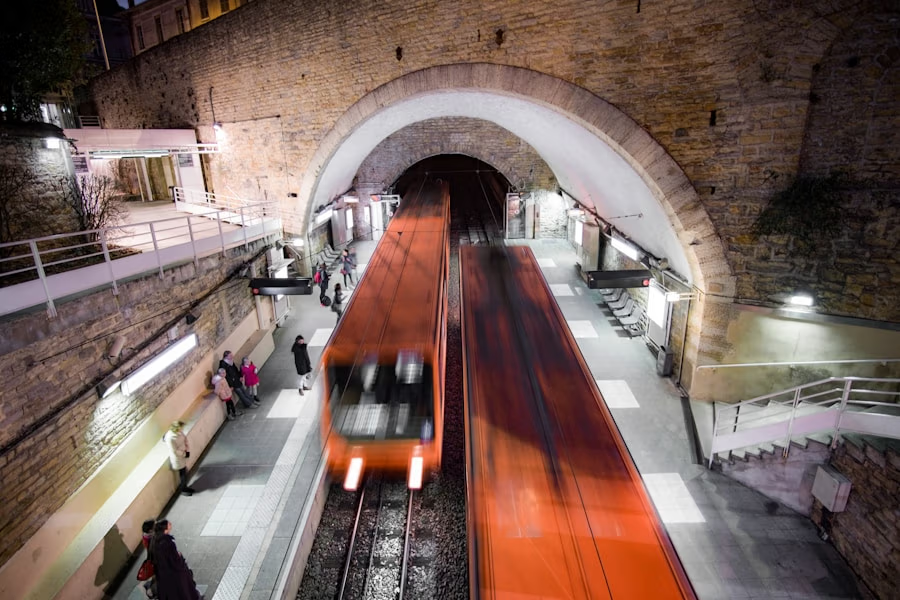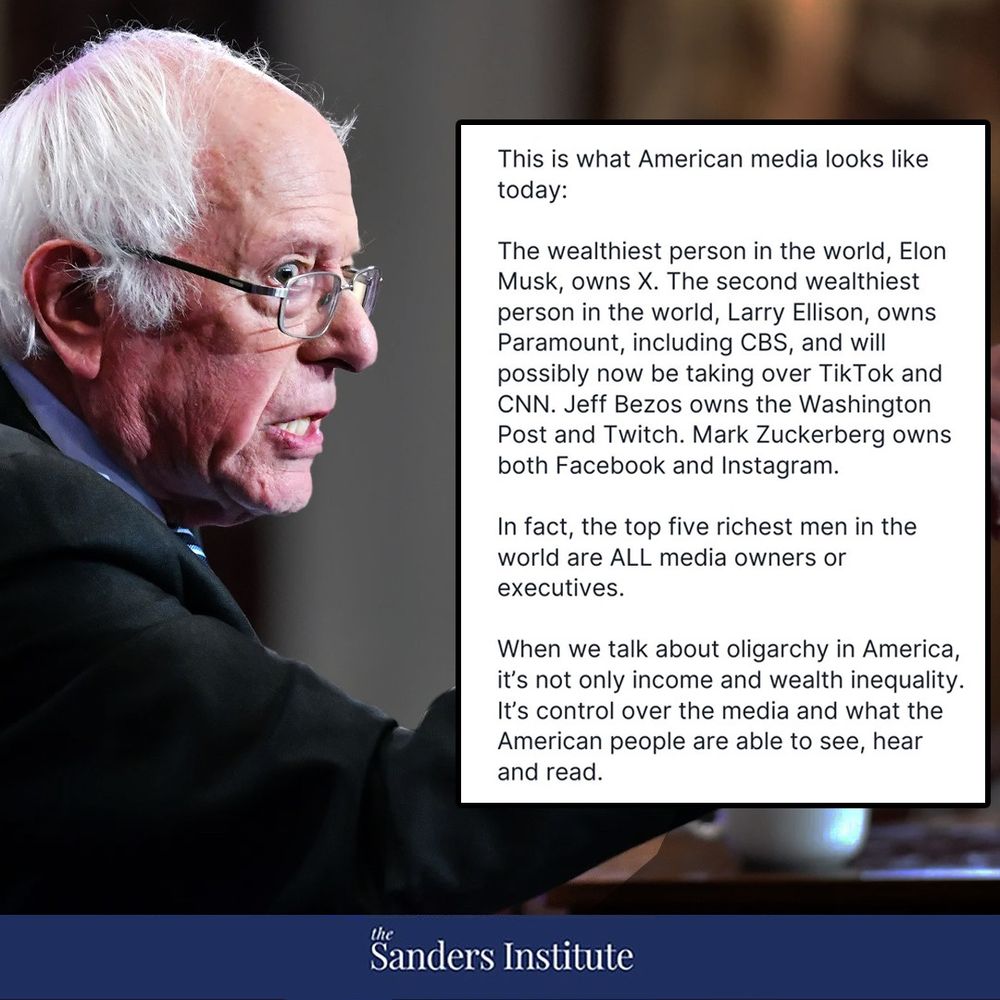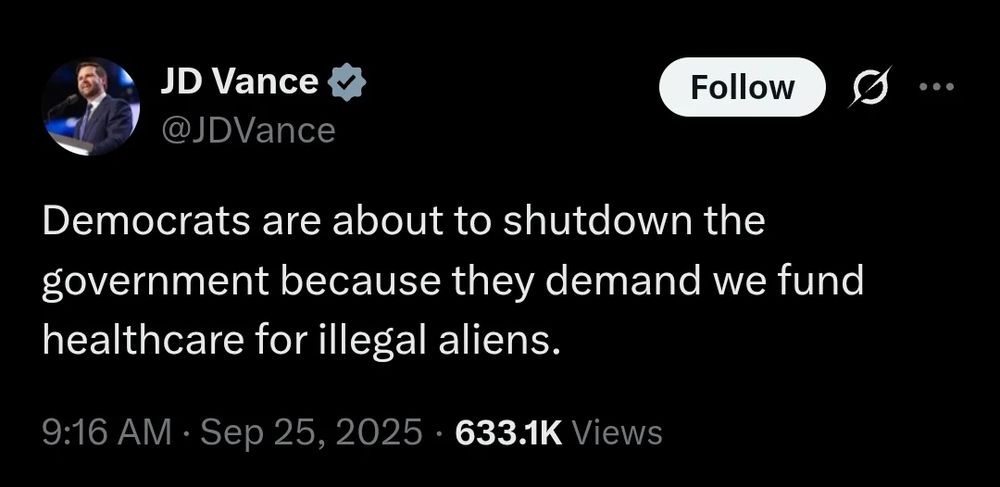
How Public Transportation Can Reduce Traffic Congestion and Improve Air Quality
Public transportation offers a wide range of benefits to individuals, communities, and the environment. One of the most significant advantages of using public transportation is the reduction of traffic congestion. By taking cars off the road, public transportation helps to alleviate traffic jams, making the commute faster and more efficient for everyone. Additionally, public transportation can save individuals money on fuel, parking, and vehicle maintenance costs. This can be especially beneficial for those living in urban areas where parking fees can be exorbitant.
Another key benefit of public transportation is its positive impact on air quality. By reducing the number of cars on the road, public transportation helps to decrease air pollution and greenhouse gas emissions. This not only benefits the environment but also improves public health by reducing the risk of respiratory illnesses and other health issues related to poor air quality. Furthermore, public transportation promotes social interaction and community engagement by bringing people together from different backgrounds and walks of life. It also provides mobility options for those who may not have access to a personal vehicle, such as seniors, individuals with disabilities, and low-income households.
The Environmental Impact of Public Transportation
Public transportation plays a crucial role in reducing the environmental impact of transportation. One of the most significant environmental benefits of public transportation is its ability to reduce greenhouse gas emissions. According to the American Public Transportation Association, public transportation in the United States saves approximately 4.2 billion gallons of gasoline annually, which translates to a significant reduction in carbon dioxide emissions. Additionally, public transportation helps to conserve energy and reduce the reliance on fossil fuels, which are finite resources with detrimental environmental impacts.
Furthermore, public transportation can help to preserve natural habitats and wildlife by reducing the need for new roads and highways. By providing an alternative to driving, public transportation can help to limit urban sprawl and protect open spaces from development. This is particularly important in densely populated areas where land conservation is crucial for maintaining biodiversity and ecological balance. Overall, public transportation is a key component of sustainable urban development and can contribute to the preservation of natural resources for future generations.
The Economic Benefits of Public Transportation
In addition to its environmental advantages, public transportation also offers significant economic benefits to individuals and communities. One of the most notable economic advantages of public transportation is its cost-effectiveness. Using public transportation can save individuals thousands of dollars each year on fuel, parking, and vehicle maintenance costs. This can be especially beneficial for low-income households who may struggle to afford the expenses associated with owning and operating a personal vehicle.
Moreover, public transportation can stimulate economic growth by providing access to jobs, education, and healthcare services. By connecting people to employment opportunities and essential services, public transportation helps to support local economies and improve overall productivity. Additionally, public transportation infrastructure projects create jobs and stimulate investment in communities, further contributing to economic development. Overall, public transportation plays a vital role in promoting economic equity and prosperity for individuals and communities.
Challenges and Solutions in Public Transportation
Despite its numerous benefits, public transportation faces several challenges that can hinder its effectiveness and accessibility. One of the most significant challenges is inadequate funding for public transportation infrastructure and services. Many public transit agencies struggle to secure sufficient funding to maintain and expand their systems, leading to service cuts, deteriorating infrastructure, and limited accessibility for riders. Additionally, public transportation often faces competition from private car ownership and ride-sharing services, which can make it difficult to attract and retain riders.
To address these challenges, it is crucial to invest in sustainable funding mechanisms for public transportation and prioritize infrastructure improvements. This includes securing federal and state funding for transit projects, implementing innovative financing strategies, and exploring public-private partnerships to support transit operations. Furthermore, improving the integration of different modes of transportation, such as buses, trains, and bicycles, can help to enhance the overall efficiency and accessibility of public transportation systems. By addressing these challenges and implementing effective solutions, public transportation can continue to play a vital role in sustainable urban mobility.
Accessibility and Inclusivity in Public Transportation
Accessibility and inclusivity are essential considerations in the design and operation of public transportation systems. It is crucial for public transit agencies to ensure that their services are accessible to all members of the community, including individuals with disabilities, seniors, and low-income households. This includes providing accessible vehicles and facilities, offering paratransit services for individuals with mobility limitations, and implementing policies to address barriers to access such as affordability and geographic disparities.
Furthermore, promoting inclusivity in public transportation involves engaging with diverse communities and incorporating their input into the planning and decision-making processes. This can help to ensure that public transportation services meet the needs of all riders and reflect the unique characteristics of different neighborhoods and populations. Additionally, promoting diversity and inclusion within the transit workforce can help to create a more welcoming and supportive environment for both employees and riders. By prioritizing accessibility and inclusivity, public transportation can become a more equitable and effective mode of mobility for all members of society.
Innovations in Public Transportation
In recent years, there have been significant innovations in public transportation that have transformed the way people travel in urban areas. One notable innovation is the integration of technology into transit systems, such as real-time tracking apps, contactless payment options, and digital signage. These technological advancements have made it easier for riders to plan their trips, navigate transit networks, and access fare payment options, ultimately improving the overall rider experience.
Another important innovation in public transportation is the development of sustainable and energy-efficient vehicles. Many transit agencies are investing in electric buses and trains to reduce emissions and minimize their environmental impact. These vehicles offer a cleaner alternative to traditional diesel-powered vehicles and help to promote sustainable urban mobility. Additionally, there has been a growing emphasis on incorporating green infrastructure into transit projects, such as bike lanes, pedestrian pathways, and green spaces around transit stations.
The Future of Public Transportation
Looking ahead, the future of public transportation holds great promise for continued innovation and expansion. One key trend that is expected to shape the future of public transportation is the integration of autonomous vehicles into transit networks. Autonomous buses and shuttles have the potential to improve safety, efficiency, and accessibility in urban areas by providing on-demand mobility options for riders. Additionally, there is growing interest in developing high-speed rail systems that can connect major cities and regions, offering a sustainable alternative to air travel for long-distance trips.
Furthermore, the future of public transportation will likely involve greater collaboration between public transit agencies, private sector partners, and local governments to create seamless and integrated mobility solutions. This may include the development of mobility-as-a-service platforms that offer a single point of access for various modes of transportation, such as buses, trains, ride-sharing services, and bike-sharing programs. By embracing these innovations and partnerships, public transportation can continue to evolve as a vital component of sustainable urban mobility in the years to come.
In conclusion, public transportation offers a wide range of benefits to individuals, communities, and the environment. From reducing traffic congestion and air pollution to promoting economic growth and social equity, public transportation plays a crucial role in shaping sustainable urban mobility. However, it also faces challenges related to funding, accessibility, and competition from private car ownership. By addressing these challenges through innovative solutions and prioritizing inclusivity in transit planning, public transportation can continue to evolve as a vital mode of mobility for all members of society. With ongoing innovations in technology and infrastructure, the future of public transportation holds great promise for creating more efficient, accessible, and sustainable transit systems that meet the needs of diverse communities.











